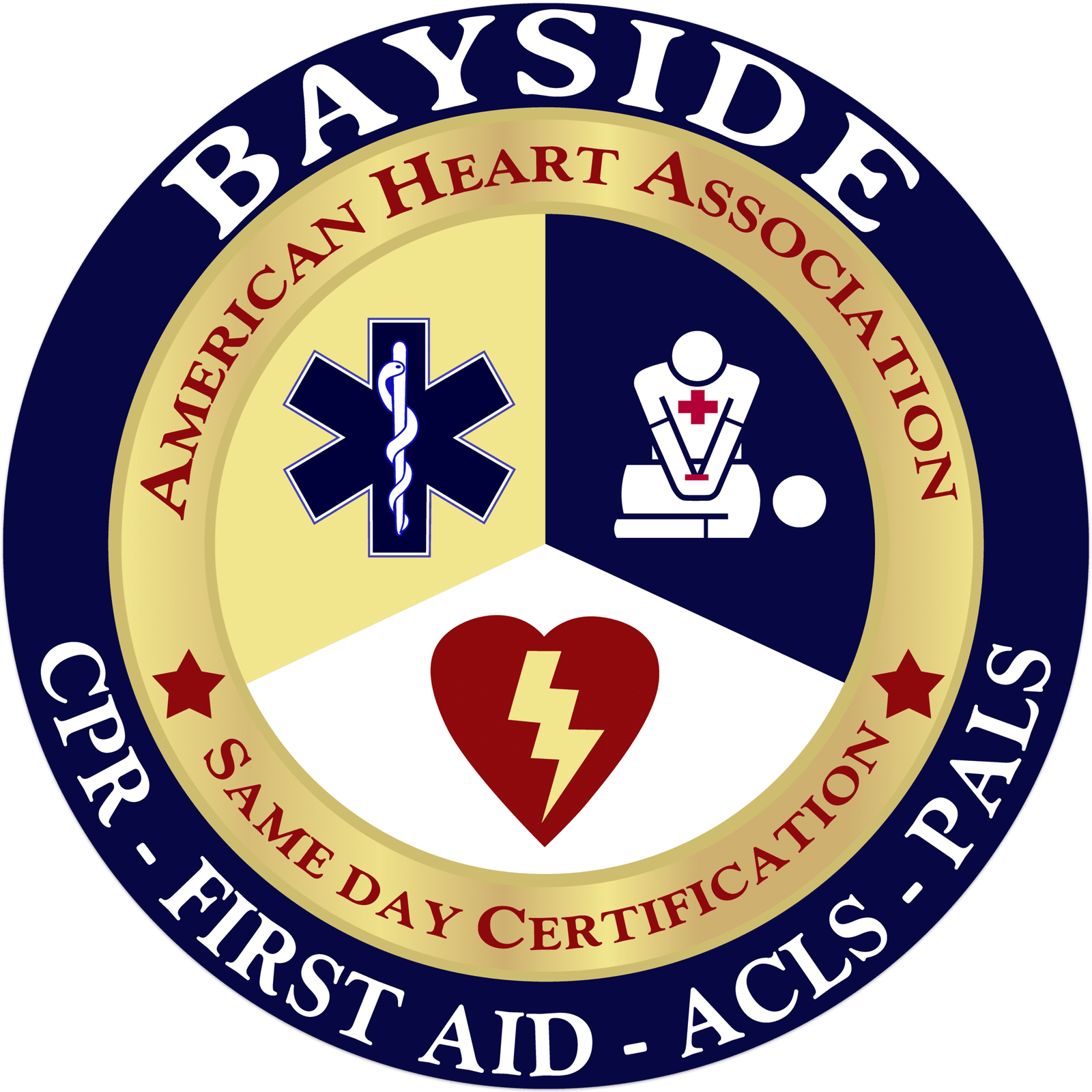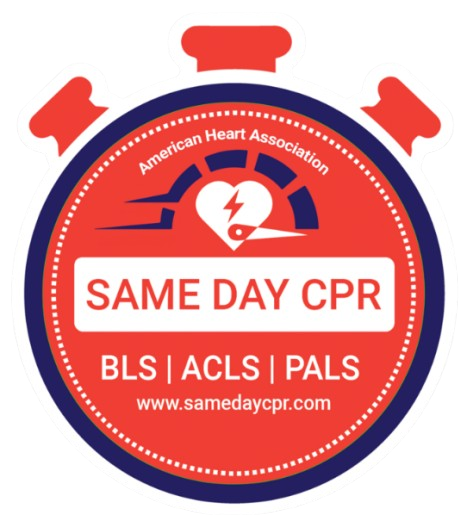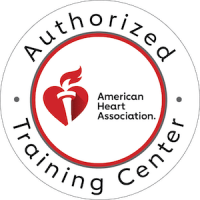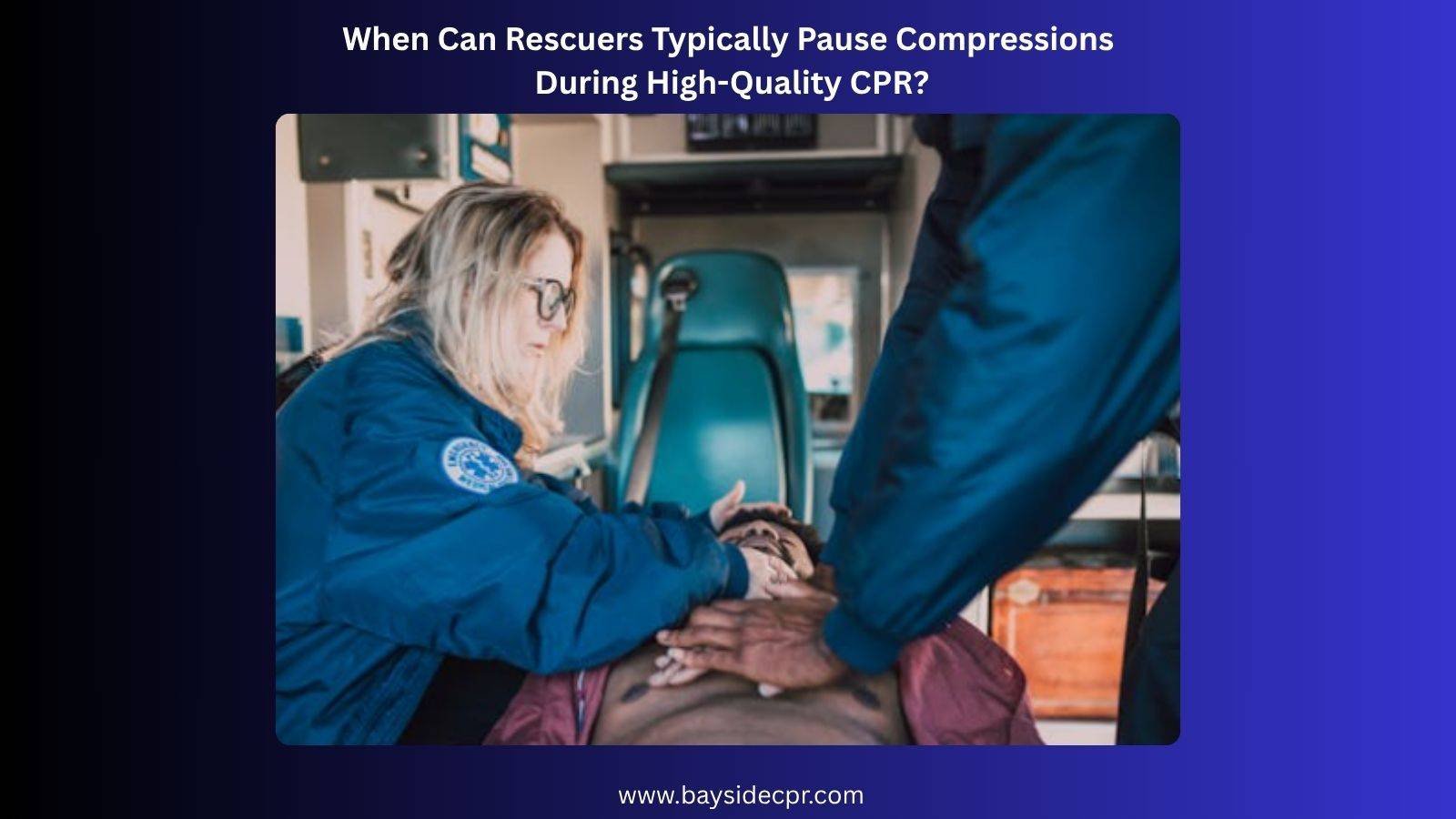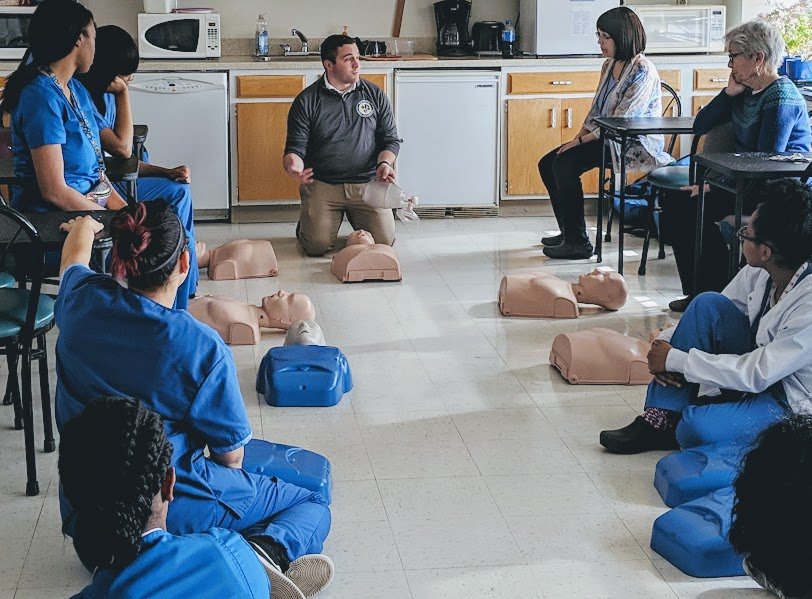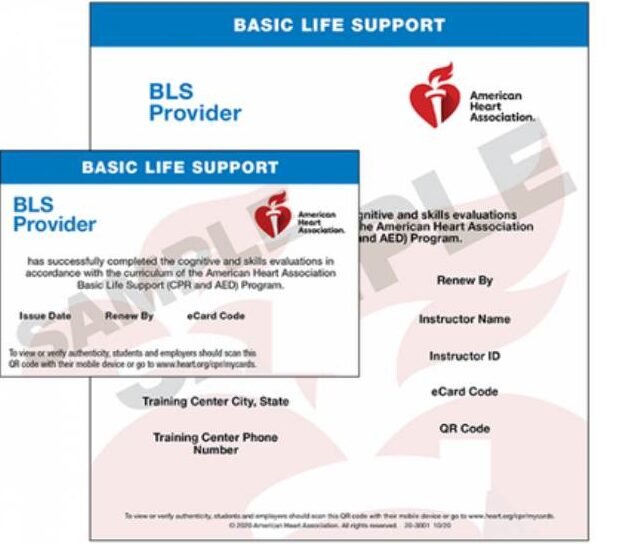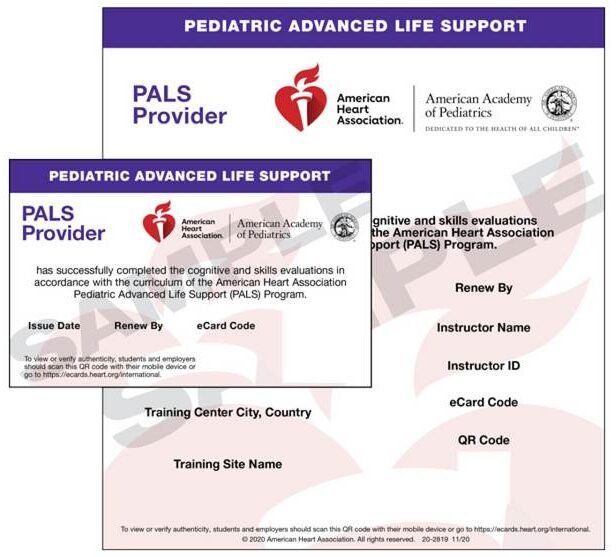Rescuers typically pause chest compressions during high-quality CPR only when necessary to maximize the chances of survival. These brief pauses happen for specific reasons, like giving rescue breaths if using a ventilation method, analyzing the heart rhythm with a monitor or defibrillator, or delivering a shock if indicated. The goal is to keep interruptions as short and as few as possible because continuous compressions maintain blood flow to vital organs. So, while pauses are sometimes needed, rescuers aim to minimize them to keep the heart and brain supplied with oxygen-rich blood throughout the resuscitation effort.
Why Pauses Are Needed?
The main reason pauses are needed during high-quality CPR is to allow certain critical interventions that simply can’t happen with compressions ongoing.
- Sometimes the rescuer may need to briefly pause to make sure their hands are in the right spot or to switch out with another provider to avoid fatigue.
- If the person starts showing signs of life, return of spontaneous circulation (ROSC), like movement or breathing, compressions may need to pause to assess the situation and respond appropriately.
- If the airway is blocked by vomit, fluid, or a foreign object, a pause might be necessary to quickly manage that before continuing.
- While delivering a shock is mentioned, it’s also important that everyone stand clear; a quick pause helps prevent accidental shock to rescuers.
Situations Where Pauses Are Necessary
Recognizing the few critical moments to briefly pause chest compressions can significantly improve survival chances. Here’s when it’s appropriate to pause.
1. Rhythm Analysis and Pulse Check (During Advanced Life Support)
Pause compressions briefly, under 10 seconds, to check the rhythm using an automated external defibrillator (AED) or monitor/defibrillator. Every second without compressions reduces blood flow to the brain, so keep this quick. If you see an organized rhythm on the monitor, perform a pulse check on an unresponsive victim to confirm circulation, but only if the rhythm is clear, not cluttered. Whenever possible, pair the pulse check with the rhythm analysis to minimize interruptions and avoid delaying compressions.
2. Shock Delivery
Pause compressions just long enough to safely deliver the shock, nothing more. The moment it’s done, jump right back into compressions without stopping to check for a pulse. Every delay lowers the chances of survival.
3. Airway Management and Ventilation During CPR
Airway management should not interrupt chest compressions unless necessary. For example, placing an advanced airway may require a brief pause, which should be kept as short as possible and ideally timed with a rhythm check to minimize interruption. Whenever possible, have the team continue compressions while preparing the airway to maintain blood flow. CPR is performed differently when an advanced airway is in place, allowing continuous compressions with asynchronous breaths.
In contrast, when providing ventilation with a bag-mask device, compressions should continue uninterrupted. Breaths delivered using a bag-mask device must be carefully coordinated with compressions to ensure adequate oxygenation without disrupting circulation.
Situations Where Pauses Should Be Avoided
Avoid unnecessary pauses to keep blood flowing. Let’s break down when to keep moving and why every second matters.
1. Quick Breathing Checks Without Interrupting Compressions
When you check for breathing during compressions, do it quickly and efficiently to avoid long pauses. Keep your focus sharp and be ready to resume compressions right away if the patient isn’t breathing normally. This helps maintain circulation and gives the best chance for a positive outcome.
2. Recognizing Life Signs Without a Clear Rhythm
If there’s no organized rhythm on the monitor, look for any signs of life, movement, coughing, or normal breathing. Don’t rely on the rhythm alone to decide your next steps. Stay alert and use both your eyes and clinical judgment to guide your actions. A solid understanding of ECG rhythms recognition and interpretation for ACLS can help you make faster, more accurate decisions in critical moments.
3. Stay Focused: Trust the Process and Act with Purpose
Avoid the urge to double-check or reassess things that have already been confirmed; it only wastes valuable time. Trust the process, rely on your team, and stay focused on what needs to happen next. Every second counts, so keep the momentum going.
Tips to Minimize Pauses
Keeping pauses short during resuscitation can make a big difference in outcomes. Here are some practical, team-friendly tips to help you stay efficient and focused.
1. Team Coordination and Role Assignment
To keep resuscitation running smoothly, assign clear roles before starting: who’s doing compressions, managing the airway, handling medications, and so on. This preparation cuts down on confusion and keeps everyone focused on saving the patient.
During CPR, rescuers should swap out every two minutes to prevent fatigue and maintain high-quality compressions. The best time to switch is during a rhythm check, minimizing interruptions. Being ready and working as a well-coordinated team ensures smooth handoffs and continuous, effective care.
2. Use Timers or Metronomes
Using a timer or metronome can help keep compressions consistent and on pace. It’s easy to lose track in the emergency, but that steady beat keeps everyone synchronized. Plus, it’s one less thing to think about when every second is critical.
3. Clear Communication
Clear communication keeps the team on the same platform and prevents mistakes. By speaking up and thinking ahead about what’s coming next, everyone stays prepared and moves smoothly through each step without unnecessary delays.
4. Leverage Technology
Technology can be a real game-changer during resuscitation. Tools like CPR feedback devices help ensure high-quality compressions, and pre-charging defibrillators save precious seconds, giving your team a smarter, faster edge when it matters most.
Keeping the Momentum: The Importance of Purposeful Pauses in CPR
In summary, mastering when to pause chest compressions during CPR is all about balancing precision with urgency. Every pause needs to be purposeful and as brief as possible, because uninterrupted compressions keep blood flowing and improve survival odds. By understanding the key moments to step back, like rhythm checks, delivering shocks, or switching compressors, and staying coordinated as a team, rescuers can maintain momentum without losing focus. It’s this combination of timing, teamwork, and trust in the process that truly makes a difference when seconds count the most. If you want to build confidence and skills in CPR and emergency care, Bayside CPR offers certification courses in CPR & First Aid, ACLS, BLS, and PALS to help you be ready when it matters.
